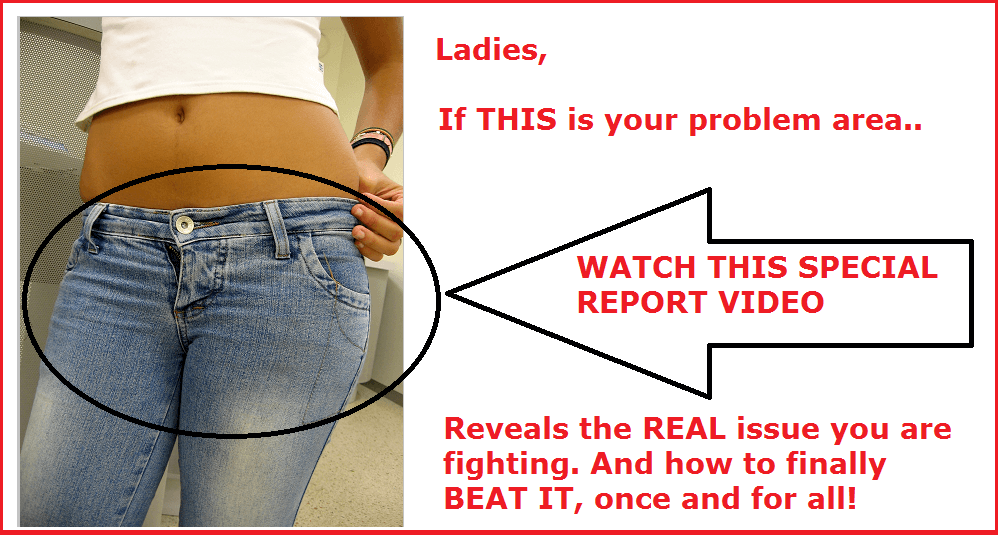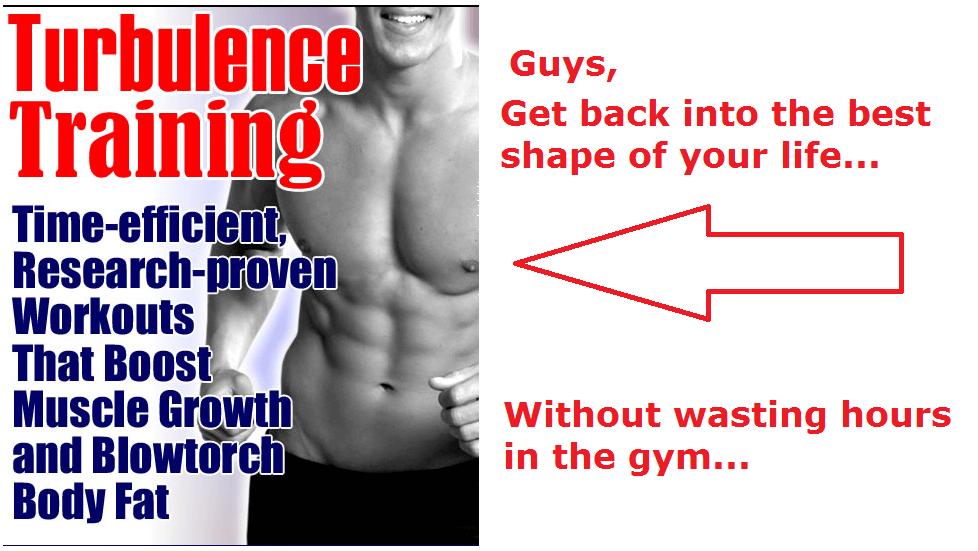How To Start A Ketogenic Diet (the Right Way) – Lose Fat & Have More Energy (ESM Part 1)
Our sponsor:
 Click Here to go directly to the video for Women
Click Here to go directly to the video for Women
Please visit our sponsor:
Be sure to check back Soon. New videos added daily. Get the best tips, tricks and techniques for losing weight.Find some that work for you, and feel great.
This is the start of a three part series, which I call Eat, Sleep, Move – all three factors are important for reaching your goals, and when somebody is having trouble losing fat, getting their health back or building muscle, it’s usually because they’re neglecting one of these three areas.
Your nutrition is by far the most critical part of your results – no matter whether you want to lose fat, get healthier, build muscle or simply have more energy – you will not get any closer to your goal if you neglect it, no matter how much you’re exercising. You CAN NOT out-exercise a bad diet.
You can eat junk on any diet – even on keto.
– Macros aren’t everything that matters, food quality and nutrient density are way more important.
– Switch your mindset to only buying real, unprocessed food and ask yourself the question – does this food come from a farm or from a lab? If something has 5-20 ingredients on the back, no matter whether it’s low in carbs, it’s not good for you.
Real food gives you the essential nutrients you need to thrive and will make it less likely that you overeat. Buy organic whenever possible.
What does a well-formulated Ketogenic diet look like?
Full day of eating Keto:
– Very low in carbs: Most of your carbs will be from leafy vegetables with pretty much every meal – these are gonna make up around 5%-10% (ideally 5%) of your daily calories – that might not seem a lot, but that’s going to make up pretty much half of your plate. Those vegetables are going to provide you with lots of nutrients and with fiber, which you need to feed your good gut bacteria. Try to stay under 20-30g of net carbs per day to keto-adapt as quickly as possible. Eating low-carb is the most important part of a ketogenic diet and will help your body use body-fat for fuel instead of carbs.
– High-Fat: Around 60-75% of your calories are going to come from healthy fats like Coconut oil or coconut milk, olive oil, grass-fed butter, heavy cream, avocados, some nuts & seeds and full-fat cheese. Eat nuts & seeds in moderation, as they are usually higher in carbs and can be inflammatory due to their high Omega 6 content.
The fat is going to help you stay full for a long time after your meals.
– Moderate Protein: 15-25% of calories or 1,5 to 2g of protein per kg of lean body mass, depending on how much you exercise, as excess protein is converted into glucose through a process called Gluconeogenesis. The best protein sources are going to be grass-fed, or organic meat, wild-caught fish, pastured eggs and cheese.
– Try intermittent fasting, where you fast for 16 hours (skipping breakfast) and eat for 8 hours (lunch and dinner), for even faster keto-adaptation and fat-loss. A great way to start is by making bulletproof coffee or some variation of coffee with coconut oil (or MCT oil – concentrated coconut oil, only containing medium chain triglycerides, which are immediately used for energy and help you get into ketosis faster by raising ketone levels in the blood). This is something that I really enjoy – I usually only drink a cup of coffee with MCT oil and heavy cream or grass-fed butter until lunch (or later, depending on what I’m up to) every day and then have my first actual meal.
When you’re on Keto, it’s really important to take care of your electrolytes – as stored electrolytes are flushed out of your body together with a lot of water-weight when you enter ketosis and you need to replenish them regularly. This is important especially in the first few days when you’re adapting, to eliminate or reduce ‘keto-flu’ symptoms like fatigue, headache or muscle cramping, which can occur when your body is learning to use fat for fuel instead of carbohydrates. So make sure to salt your food liberally with sea salt or himalayan salt to get your sodium – you can even use low-carb bouillon cubes as a tasty way to raise your sodium intake, which is something that I really enjoy every once in a while. For potassium, either eat an avocado or use a supplement. The same goes for magnesium, if you’re not magnesium-rich foods like spinach every day, it’s probably wise to supplement with around 300mg of Magnesium. So, whenever you’re not feeling your best on a ketogenic diet, electrolytes are usually going to be the main culprit – keep that in mind.
But don’t worry, the benefits of getting through this phase are more than worth the short-term discomfort you might feel for a couple of days when adapting! You feel Energy and mental clarity like never before, decrease in inflammation, constant hunger cravings go away and you become more independent from how often and when you eat. Plus, you start to lose body-fat pretty much without effort!
This concludes the first and probably most important part of the three part series, Eat-Sleep-Move.
What are your goals right now? Why are you on keto or interested in starting a ketogenic diet? Let me know in the comments below!

